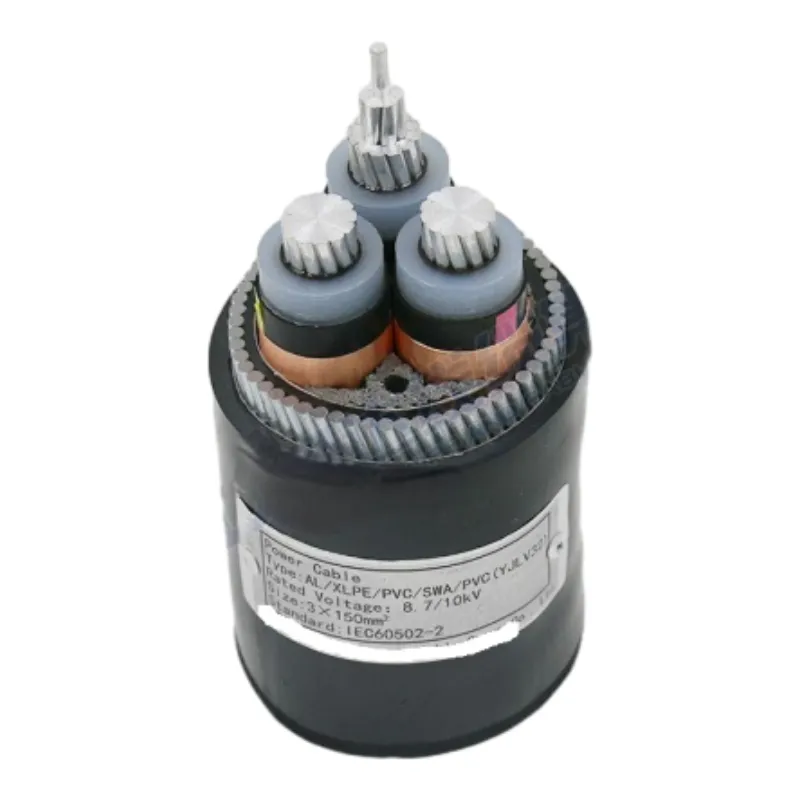Dis . 16, 2024 01:59 Back to list
Wafer Design Check Valve for Efficient Flow Control Solutions
Understanding Wafer Style Check Valves A Comprehensive Overview
In industrial applications, the importance of preventing backflow in pipelines cannot be overstated. This is where check valves come into play, specifically wafer style check valves. Designed for versatility and efficiency, these valves exhibit unique features that make them suitable for various systems, including water supply, chemical processing, and oil & gas applications. This article delves into the functionality, advantages, and considerations surrounding wafer style check valves.
What is a Wafer Style Check Valve?
A wafer style check valve is a type of non-return valve designed to permit flow in one direction while preventing backflow. Unlike traditional check valves that are often bulkier and heavier, wafer check valves are compact in design. They typically feature a flat body that fits between two flanges in a piping system, making them an ideal choice for space-constrained applications.
How Do They Work?
The primary mechanism of a wafer check valve involves a disc that pivots in a chamber. When fluid flows in the intended direction, the disc opens due to the hydraulic force, allowing passage. However, when the flow reverses, the disc swings back to its closed position, creating a seal that prevents backflow. This simple yet effective design enables wafer check valves to maintain system integrity and protect equipment from damage caused by reverse flow.
Advantages of Wafer Style Check Valves
1. Space and Weight Efficiency One of the standout advantages of wafer style check valves is their minimalistic design. They are considerably lighter and more compact than traditional check valves, making them easier to install and integrate into existing piping systems.
2. Cost-Effective Due to their design and materials, wafer style check valves are often more cost-effective than other types of check valves. The reduced weight also means lower transportation and handling costs.
3. Reduced Leakage With their tighter sealing mechanism, wafer check valves are designed to minimize the potential for leakage, thus enhancing system safety and efficiency.
wafer style check valve

4. Versatility These valves are suitable for various applications, including low-pressure, high-pressure, and even corrosive environments, depending on the materials used in their construction. They can be made from a range of materials such as stainless steel, cast iron, and plastic, providing options for different chemical and temperature conditions.
5. Maintenance-Free Wafer style check valves are generally designed to be maintenance-free, which is advantageous for systems that require reliability without constant oversight. This characteristic is particularly valuable in remote locations or hard-to-access installations.
Considerations When Choosing Wafer Style Check Valves
While wafer style check valves offer numerous benefits, certain considerations should be taken into account when selecting one for a specific application
1. Pressure and Temperature Rating It is crucial to match the valve’s specifications to the operating conditions of the system, including pressure and temperature limits. Selecting a valve with inappropriate ratings can lead to failure and system downtime.
2. Material Compatibility Given the range of materials available, selecting a valve that is compatible with the fluid being transported is vital to avoid corrosion and ensure longevity.
3. Installation Requirements Proper installation is critical to the performance of wafer style check valves. They should be installed between flanges according to the manufacturer’s instructions to prevent misalignment and ensure optimal operation.
4. Flow Rates Evaluating the flow rates in the system will help determine the appropriate size and type of wafer check valve to ensure optimal flow efficiency without causing excessive pressure drops.
Conclusion
Wafer style check valves are an essential component in modern piping systems, delivering reliability, efficiency, and space-saving advantages. Their design not only facilitates easy installation but also ensures minimal maintenance is required during operation. By understanding how these valves function and considering the key factors involved in their selection, engineers and plant managers can significantly enhance the safety and performance of their fluid systems. Whether employed in water treatment facilities, chemical plants, or other industrial contexts, wafer style check valves are a prudent choice for maintaining flow control and preventing backflow.
Share
-
Reliable Wafer Type Butterfly Valves for Every IndustryNewsJul.25,2025
-
Reliable Flow Control Begins with the Right Ball Check ValveNewsJul.25,2025
-
Precision Flow Control Starts with Quality ValvesNewsJul.25,2025
-
Industrial Flow Control ReliabilityNewsJul.25,2025
-
Engineered for Efficiency Gate Valves That Power Industrial PerformanceNewsJul.25,2025
-
Empowering Infrastructure Through Quality ManufacturingNewsJul.25,2025


